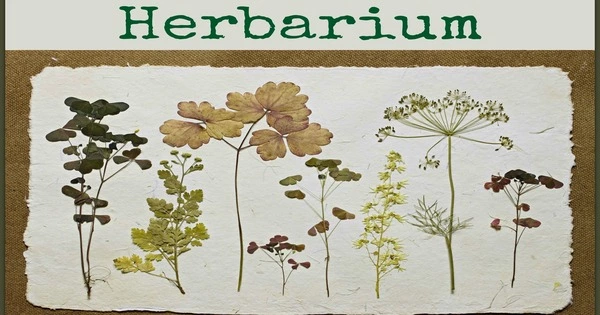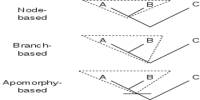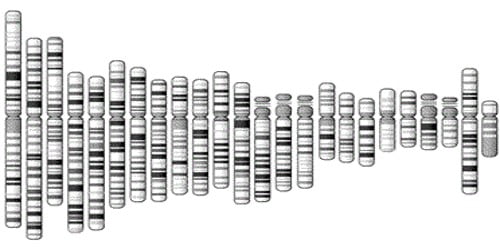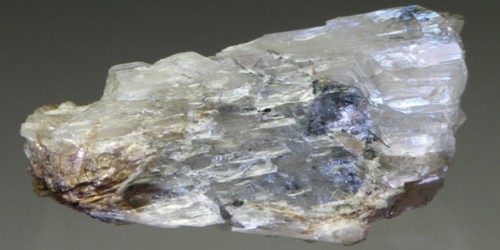A herbarium is a collection of preserved plant specimens and accompanying data that is utilized for scientific research. It is a collection of preserved plant specimens that are usually dried, pressed, and mounted on sheets of paper. Herbaria are vital resources for botanical research, teaching, and conservation initiatives.
The specimens may be whole plants or plant parts; they are normally in dried condition mounted on a sheet of paper (called exsiccatum, plur. exsiccata), but depending on the material, they may also be stored in boxes or kept in alcohol or another preservative. A herbarium’s specimens are frequently used as reference material for defining plant species; some specimens may be types.
In mycology, the same phrase is frequently used to denote an analogous collection of preserved fungi, also known as a fungarium. A xylarium is a herbarium that specializes in wood specimens. A hortorium (as in the Liberty Hyde Bailey Hortorium) is a herbarium that specializes in conserving material of horticultural origin.
Here are some key aspects of herbaria:
- Specimen Preservation: Plants are collected from various sites, meticulously identified, and then processed to form herbarium sheets in a herbarium. The plant is compressed between sheets of absorbent paper and dried to eliminate moisture. The dried plant is then glued to a sheet of archival paper and labeled with information such as the scientific name of the plant, the collector’s name, the date of collection, and the location.
- Storage: Herbarium sheets are normally kept in cabinets or specifically built storage containers to avoid damage from light, moisture, insects, and other possible dangers. Proper storage conditions aid in the preservation of the specimens.
- Research and Documentation: Herbaria play a crucial role in botanical research. Scientists and researchers use these collections to study plant taxonomy, distribution, morphology, and evolution. The information associated with each specimen, including its collection data and locality, is valuable for research and conservation efforts.
- Reference for Identification: Herbaria serve as references for plant identification. Botanists and students use these collections to compare fresh or unknown specimens with preserved ones to determine their identity.
- Historical Records: Herbaria often contain specimens collected over many decades or even centuries. These historical records can provide insights into changes in plant distributions, climate, and environmental conditions over time.
- Conservation: Herbarium specimens can be used to determine the status of threatened or endangered plant species. They provide as a historical record of a species’ distribution and can be useful in conservation planning.
- Education and Outreach: It may provide educational events and exhibits to the public in order to involve them in plant science and conservation. They can be useful resources for teaching botany and increasing public knowledge of plant diversity.
Herbaria are critical resources for furthering our understanding of plant life on Earth. They enable scientists and researchers make informed judgments about plant conservation and biodiversity preservation by contributing to the fields of botany, ecology, taxonomy, and conservation.
















